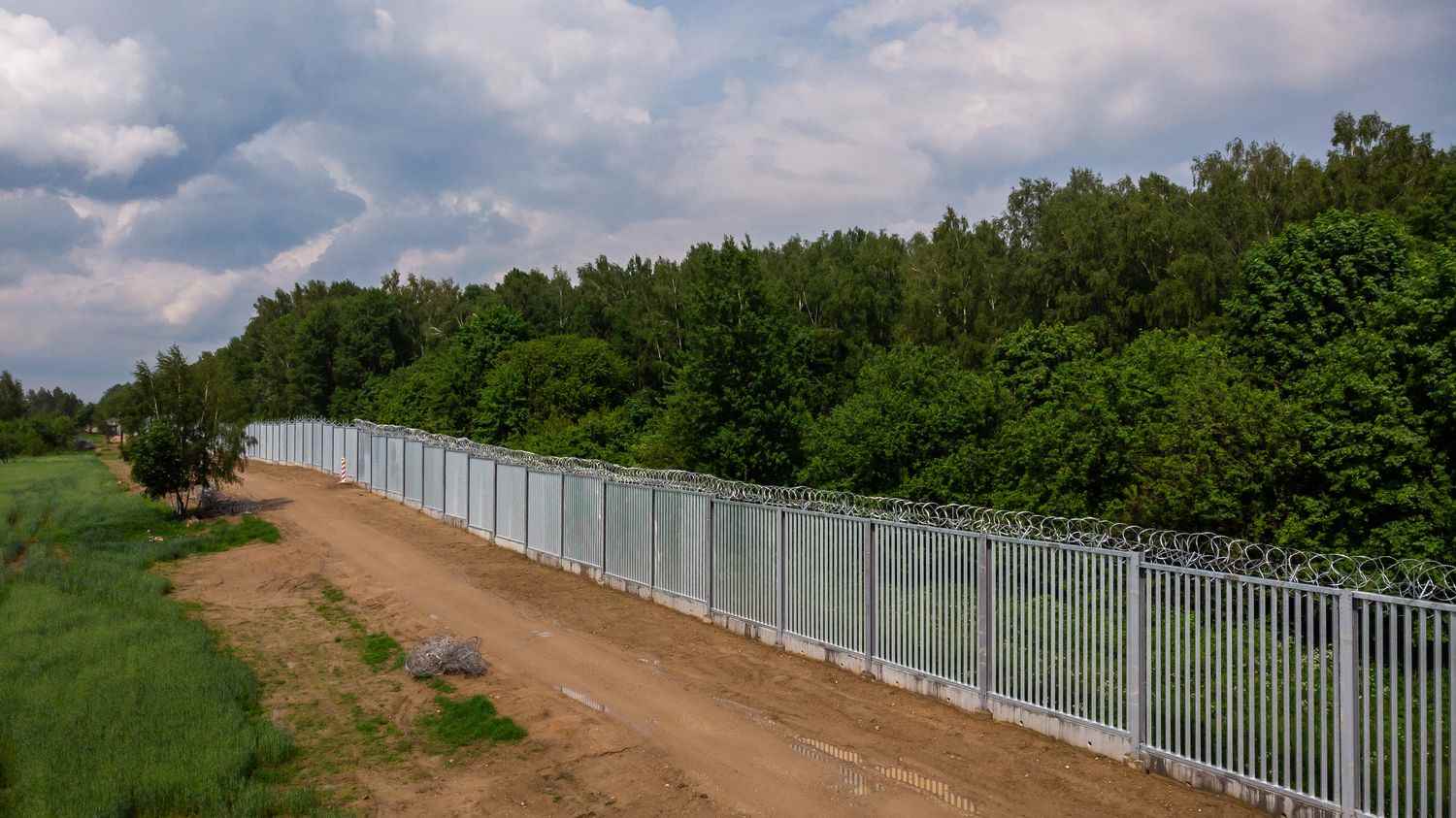Since the announcement by Valdimir Putin on September 21 of the partial mobilization, hundreds of thousands of Russians have fled the country not to be enrolled in the army. The war in Ukraine changes the situation of international relations. Some countries choose to physically isolate themselves from Russia or its staunch ally Belarus, others have taken the lead. What decisions have Finland, Lithuania and Poland taken?
In Finland, the construction of a wall along the Russian border seriously considered
After closing its borders to Russian tourists with Schengen passports last week, Finland is now considering the construction of a wall on several parts of its very long border with Russia. This project aims to counter hybrid threats from Russia, or a potential mass exodus. The fear is that this relatively sparsely populated country, five and a half million inhabitants, will find itself overwhelmed by the arrival of tens of thousands of Russians fleeing conscription or reprisals. This theme is also debated, since some believe that not opening the door to them is to condemn them to prison or worse. But this week, Prime Minister Sanna Marin responded favorably to this wall project, a proposal made by border guards. At the same time, she declares that she wants a broad parliamentary consensus, because the work could last several years and will be costly.
The border between Finland and Russia is 1,300 km long. It’s an invisible line that essentially runs through thick, icy, snow-covered forests most of the year. Impossible, and probably useless, to erect fences on the whole of this border, only 260 km will be secured, rather in the south-east of the country, on the space accessible from Saint Petersburg. On certain sections deemed too porous, the current wooden barriers, which were in fact used to contain the herds of reindeer and cattle, will be replaced by better supervised grids, and less easily crossed.
Some experts fear that this decision will increase tensions between Russia and Finland. But the Prime Minister of Finland replied to them, saying: “Europe is at war, the situation could not be more tense.“As a reminder, Finland applied for NATO membership last July, so it has already put an end to its foreign policy of non-alignment with the West, and for this it has been threatened with reprisals by Vladimir Poutine.
In Lithuania, a barrier to prevent migrants from Belarus from crossing
The country has just completed the construction of a barrier on the border with Belarus. The construction of the 550 kilometers of barbed wire fence was completed at the end of August. The work cost around 152 million euros. They were financed solely from Lithuanian funds. The purpose of this fence is to prevent the passage of migrants, because in the summer of 2021 Belarus decided to let Kurds or Syrians through. It was a way for Alexander Lukashenko to take revenge for the sanctions imposed by Europe to end the repression in his country. In the space of a few weeks, nearly 4,000 arrived in Lithuania. It is a country which until then had not experienced any migration crisis and the situation was very tense. These migrants have long been locked up in camps, recently they have an exit permit and can even work while remaining only in Lithuania. Nevertheless, many left the country illegally.
Every day, border guards announce that they are repelling around a hundred migrants. Migration pressure is still present. But some are sure to get through, as Lithuanian authorities have seen Belarusians helping migrants hack through the fence to get through. This is a hybrid attack for Lithuania. Vilnius therefore wishes to denounce all bilateral agreements with Belarus regarding border cooperation.
In Poland, the decision to self-isolate from Belarus
A wall of 180 kilometers for five meters high crosses the border between the two countries since June. The Polish government hopes that it will limit the migratory flow from the east. This wall is a geopolitical weapon for Poland. Since last year, the European Union has accused Belarus of bringing in candidates for exile from the Middle East and encouraging them to cross the border into the European Union. A traffic orchestrated by the regime of Belarusian President Alexander Lukashenko to challenge the sanctions of the 27 against his country. Poland has therefore chosen to build a wall along its border to limit this migratory flow. And the news reinforces the government’s position. The war in Ukraine poses the threat of Russian and Belarusian attacks on Polish territory. But on the spot, some are skeptical about the effectiveness of the wall. “People always cross the bordersays Michał Żmihorski, a biologist who works in the region. There are always refugees in the forest. And from what I know, they go under the wall, or over it, they cut the barbed wire. But the animals can no longer cross.”
This wall crosses natural areas, including the last primary forest in Europe, protected by UNESCO. It definitely has an impact on nature.. This is also the opinion of the scientists on site. According to them, the ecosystems are destabilized. Like in Bialowieza Forest. Over there, the wall disturbs the animal species as we could hear. The last populations of European bison, or fairly rare predators like wolves and lynx can no longer move freely to find food or mate. With this wall, lined with barbed wire, the animals find themselves blocked, and sometimes injured. Environmental advocates would have preferred that the 400 million euros spent on the construction of the wall rather finance the preservation of nature.
